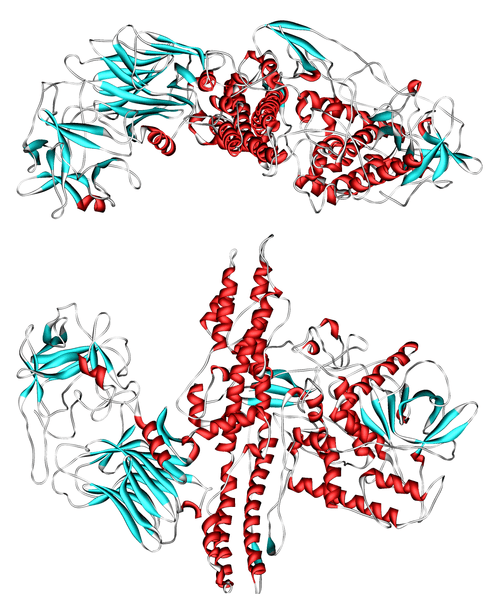U.S. Army Medical Research Institute of Chemical Defense (USAMRICD) is contracting with the Institute of Advanced Sciences, Inc. (IAS) in support of the Defense Threat and Reduction Agency (DTRA) Multicenter Program for Developing Treatments for Botulinum Neurotoxin Intoxication (BoNT).
The proposed BoNT Program has two main components:
- Discovery and development of Light Chain (LC) protease inhibitors
- Discovery and development of regenerative strategies for accelerating recovery from muscle paralysis
IAS will support this research effort by performing high throughput screening (HTS) of natural product and small molecule libraries. In addition, they will perform whole animal toxicity and protections studies in mice. The estimated value of this action $276,000.
BoNT is a Health and Human Services (HHS) Tier 1 threat agent capable of causing mass casualties and widespread disruption of infrastructure. Exposure to BoNT leads to a symmetrical descending flaccid paralysis of skeletal muscle and impairment of autonomic function. Paralysis can lead to impairment of diaphragmatic function and death.
The only treatment currently available is infusion of antitoxin. The available treatments are generally considered to be inadequate in a bioterrorist or biowarfare situation creating an unusual and compelling urgency for a post-exposure therapeutic.
DTRA has established the BoNT Program that requires multicenter collaboration, with only a few research entities able to conduct specific portions of the program. IAS has been identified as one of three non-governmental collaborators with the available expertise and experience to contribute to the botulinum drug discovery effort immediately, by performing HTS of natural product and small molecule libraries.
Additionally, compounds meeting the minimum criteria for efficacy will be tested for activity in various assays. If initial evaluation of natural product or small molecule libraries fails to yield a candidate compound that is able to protect animals against challenge by BoNT, analogs will be synthesized of the most promising candidates and subjected to a new round of testing.


